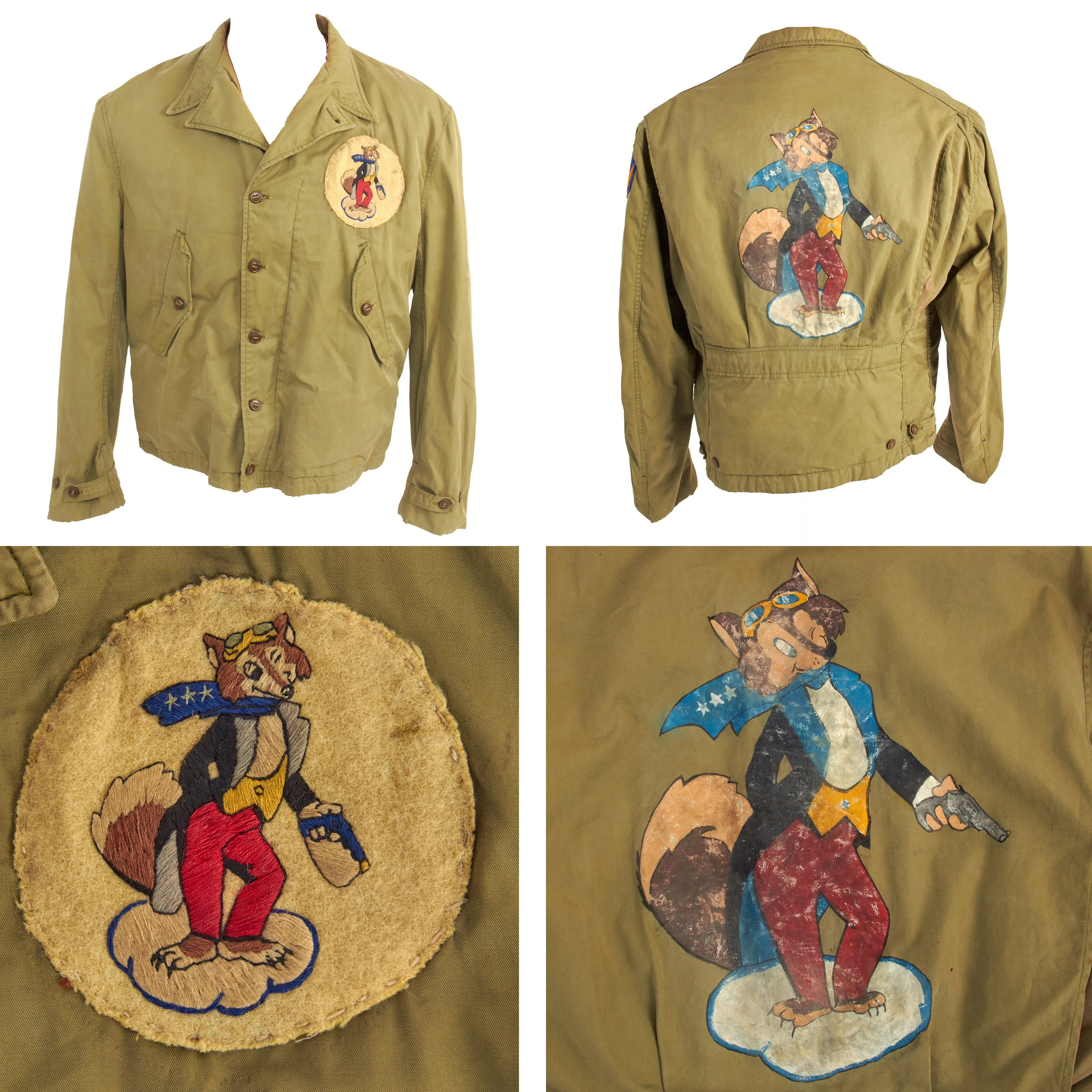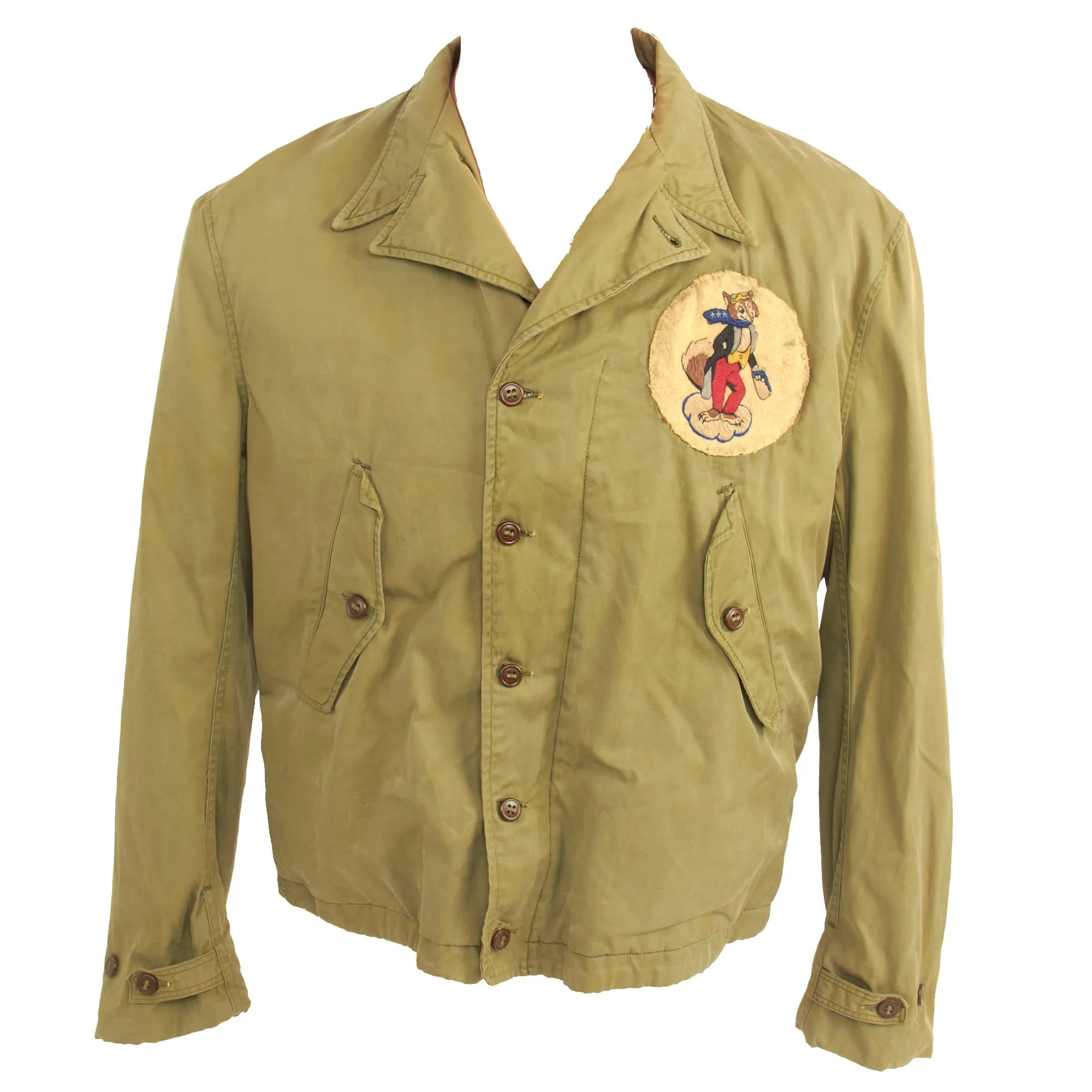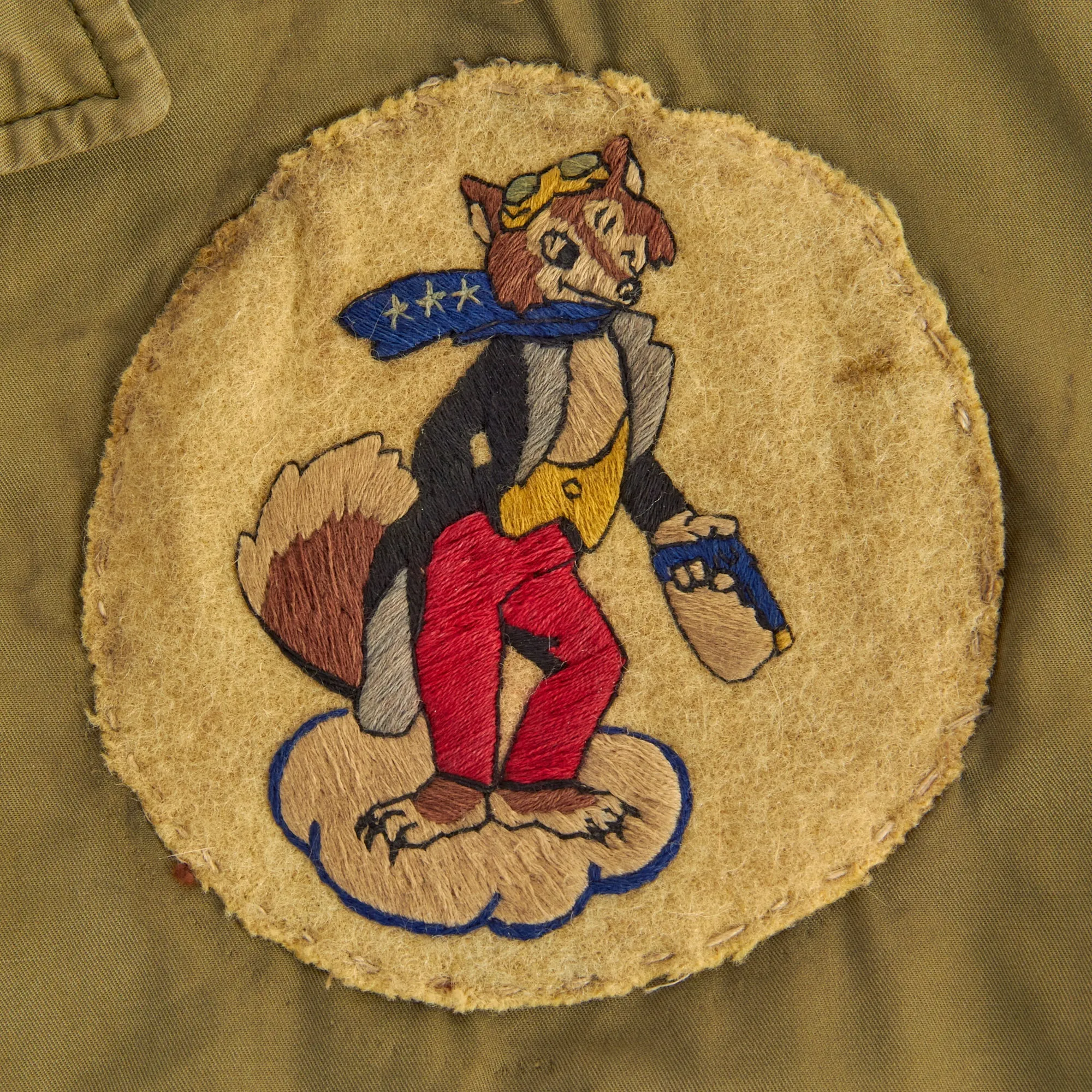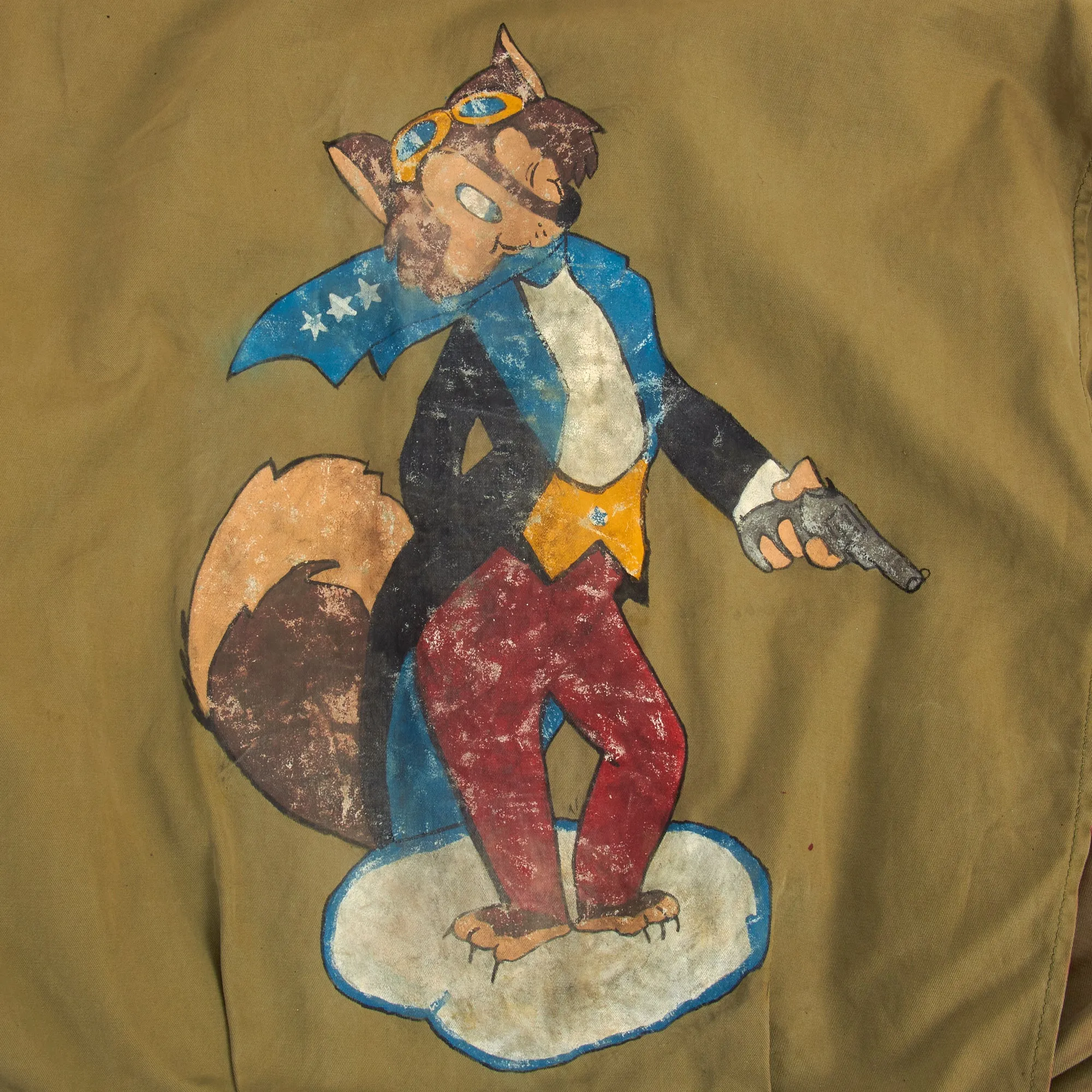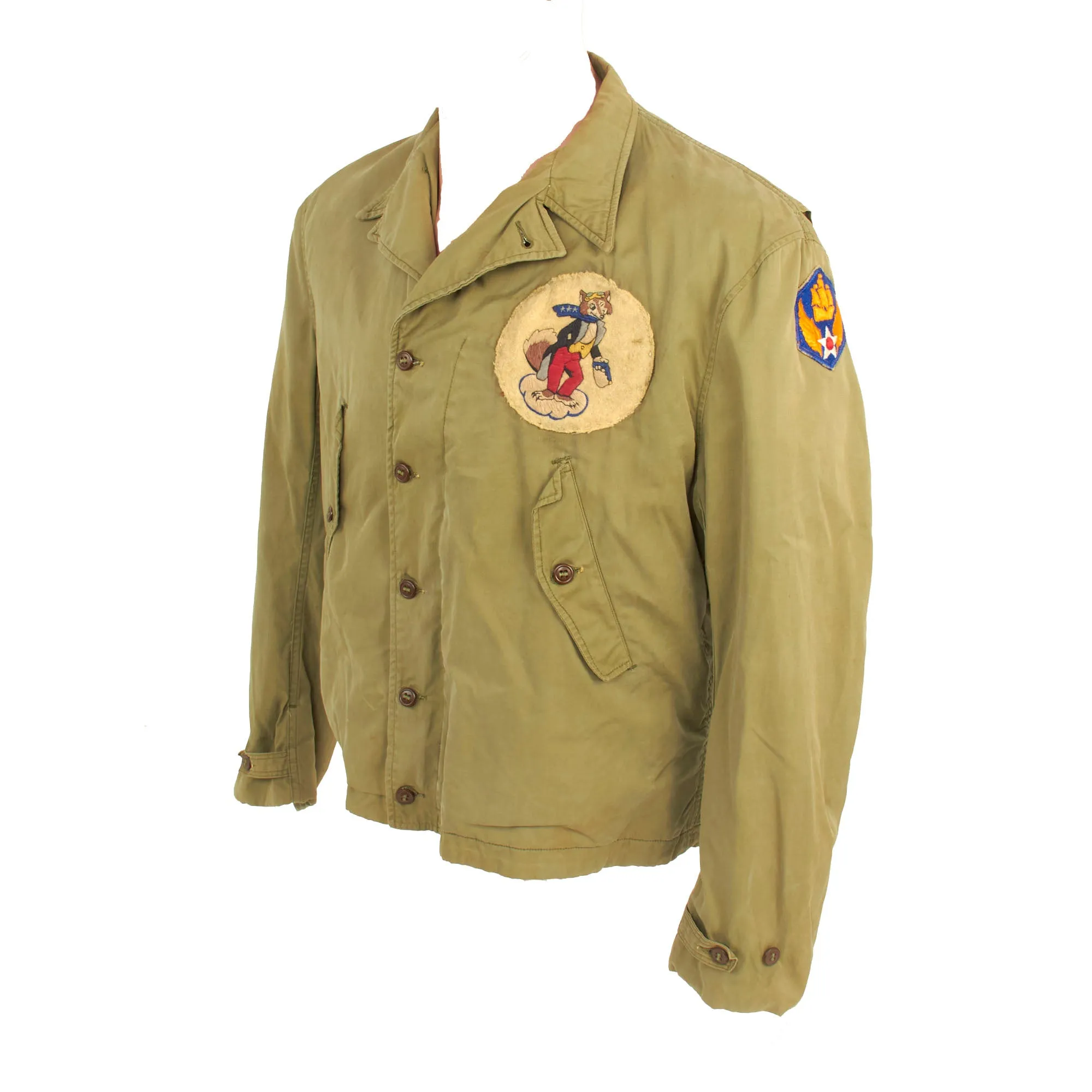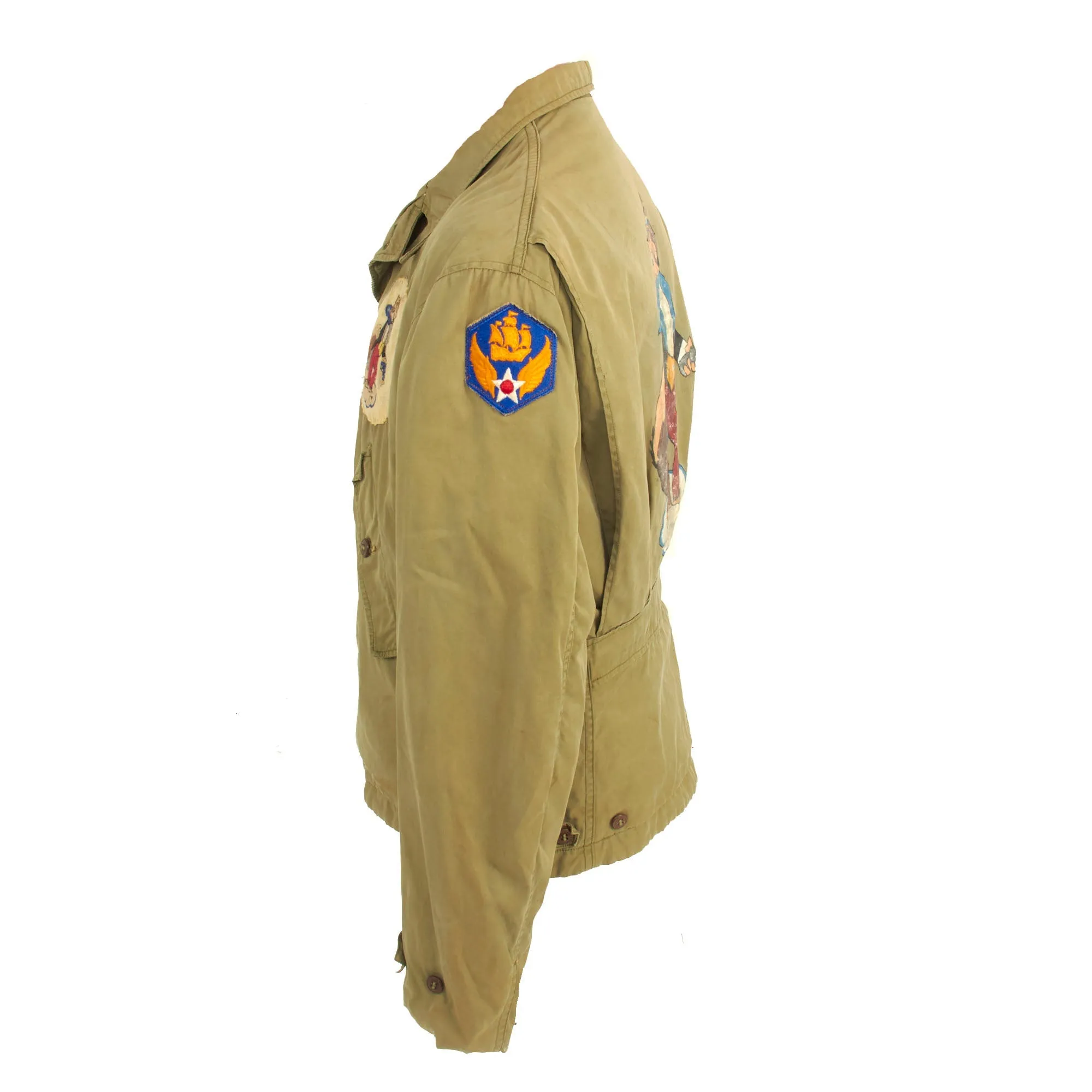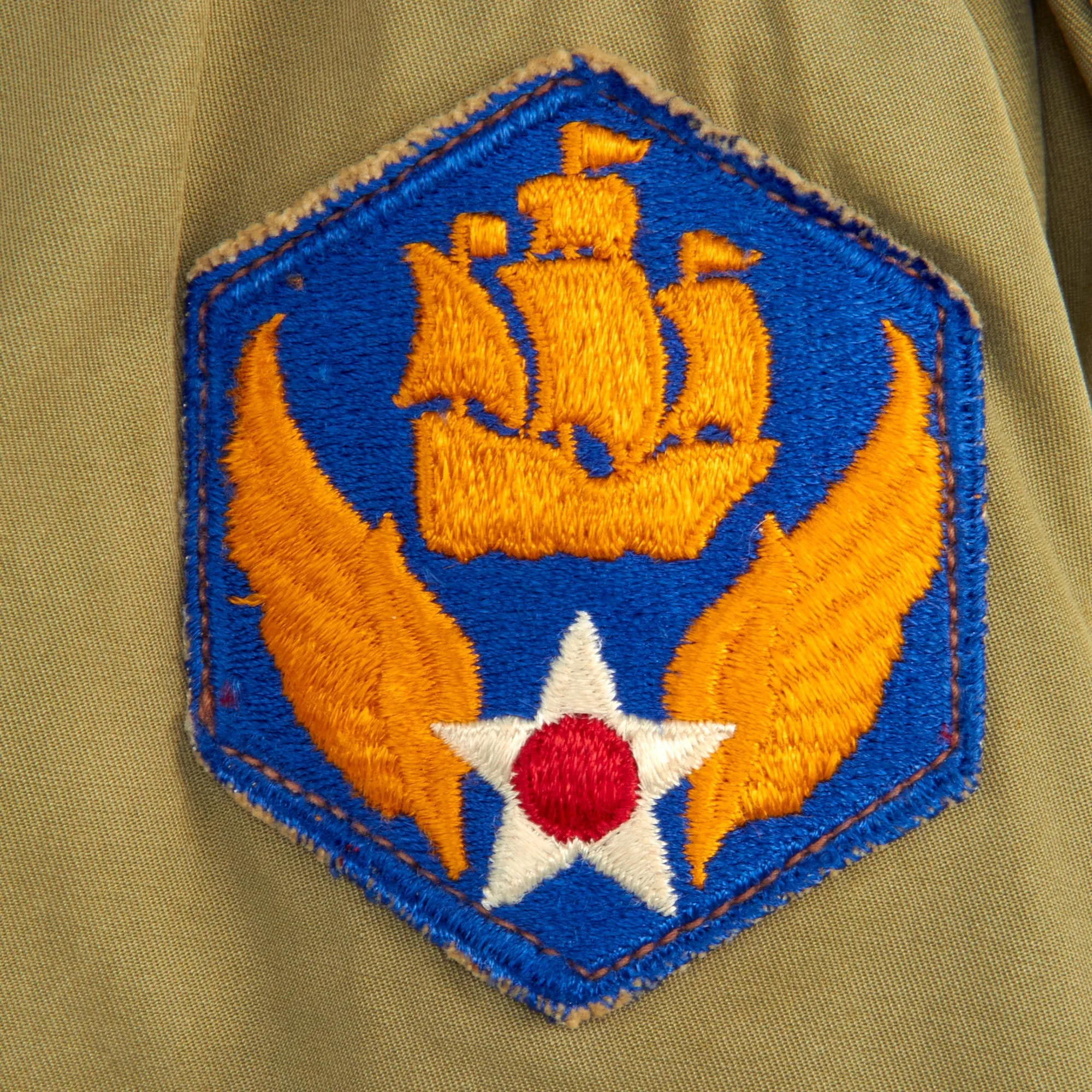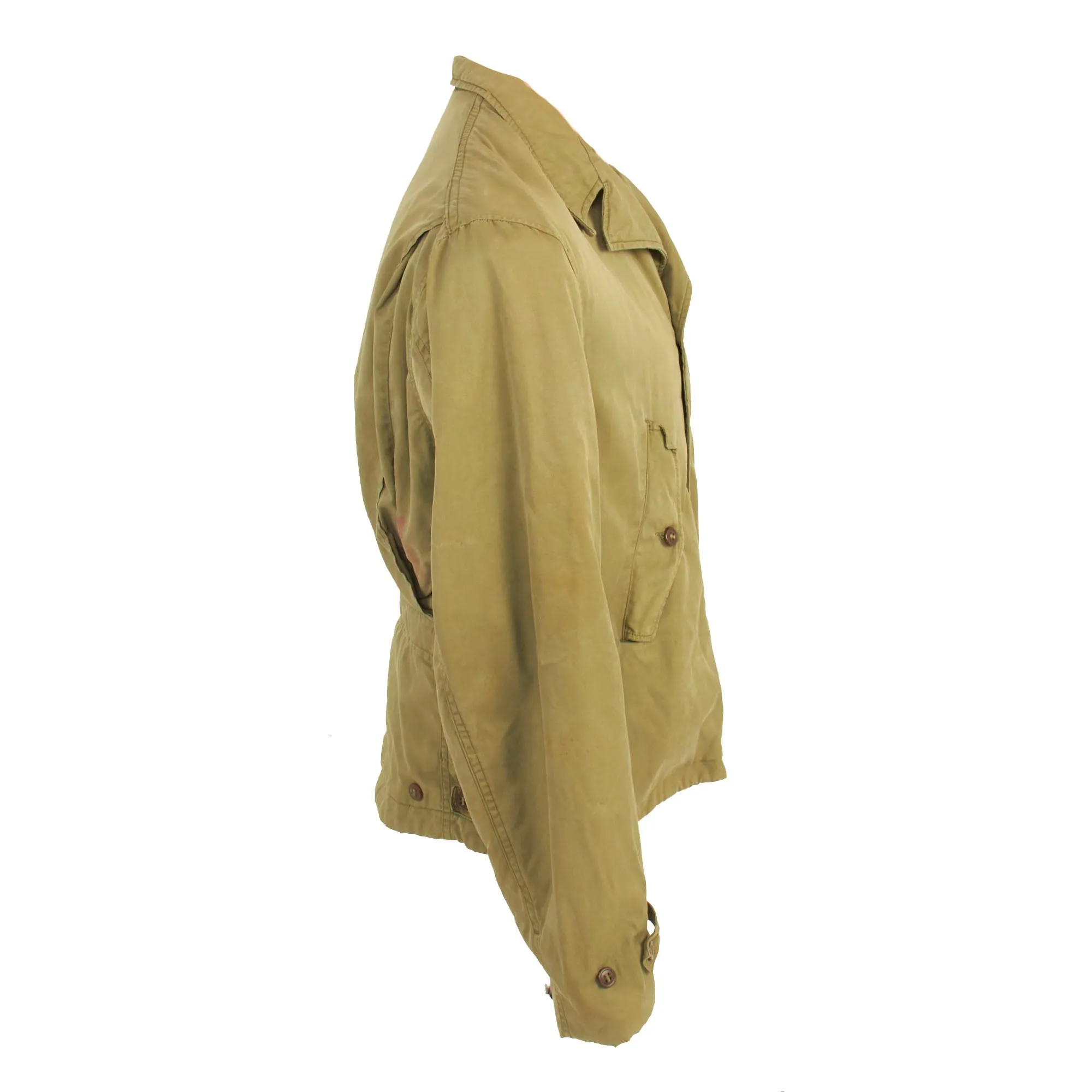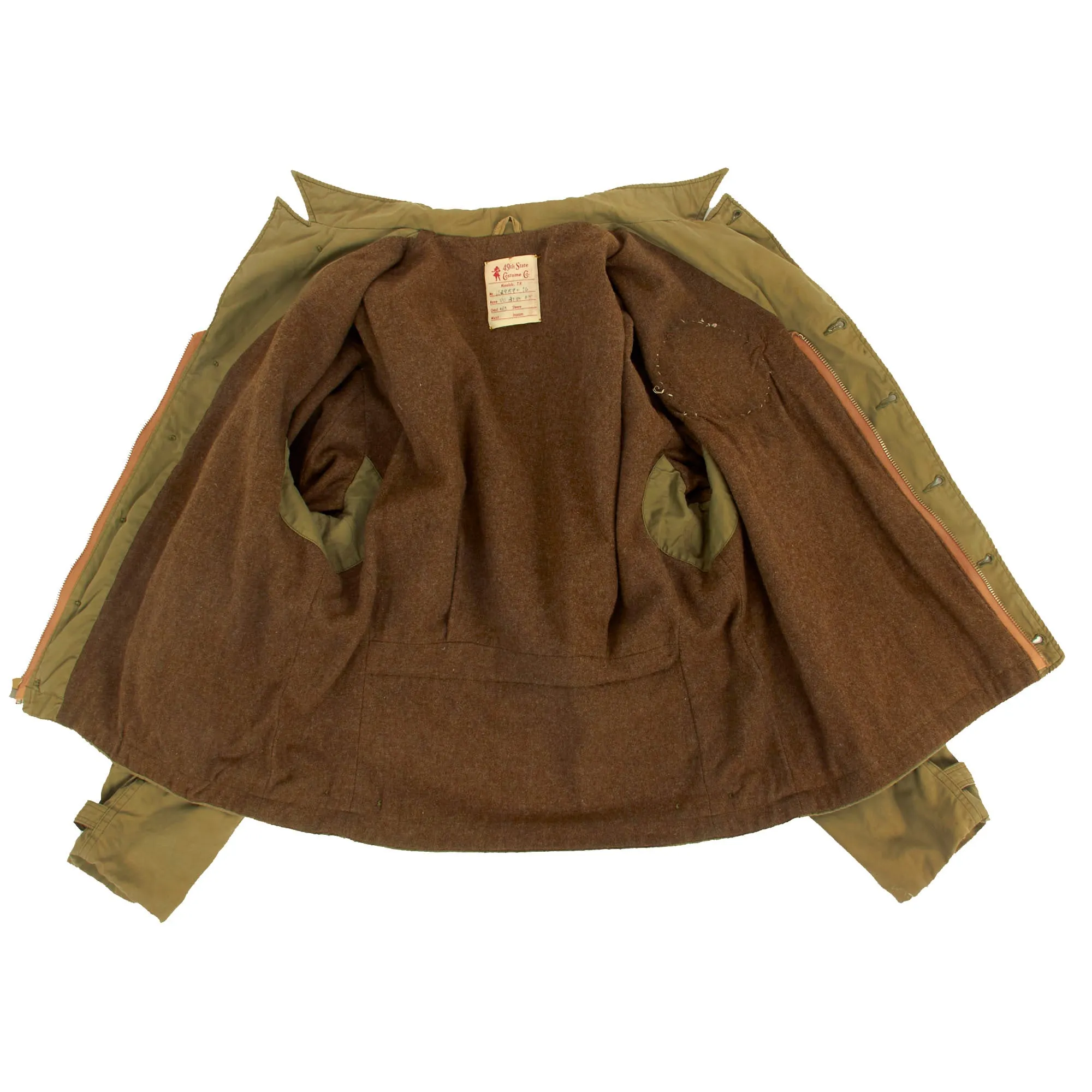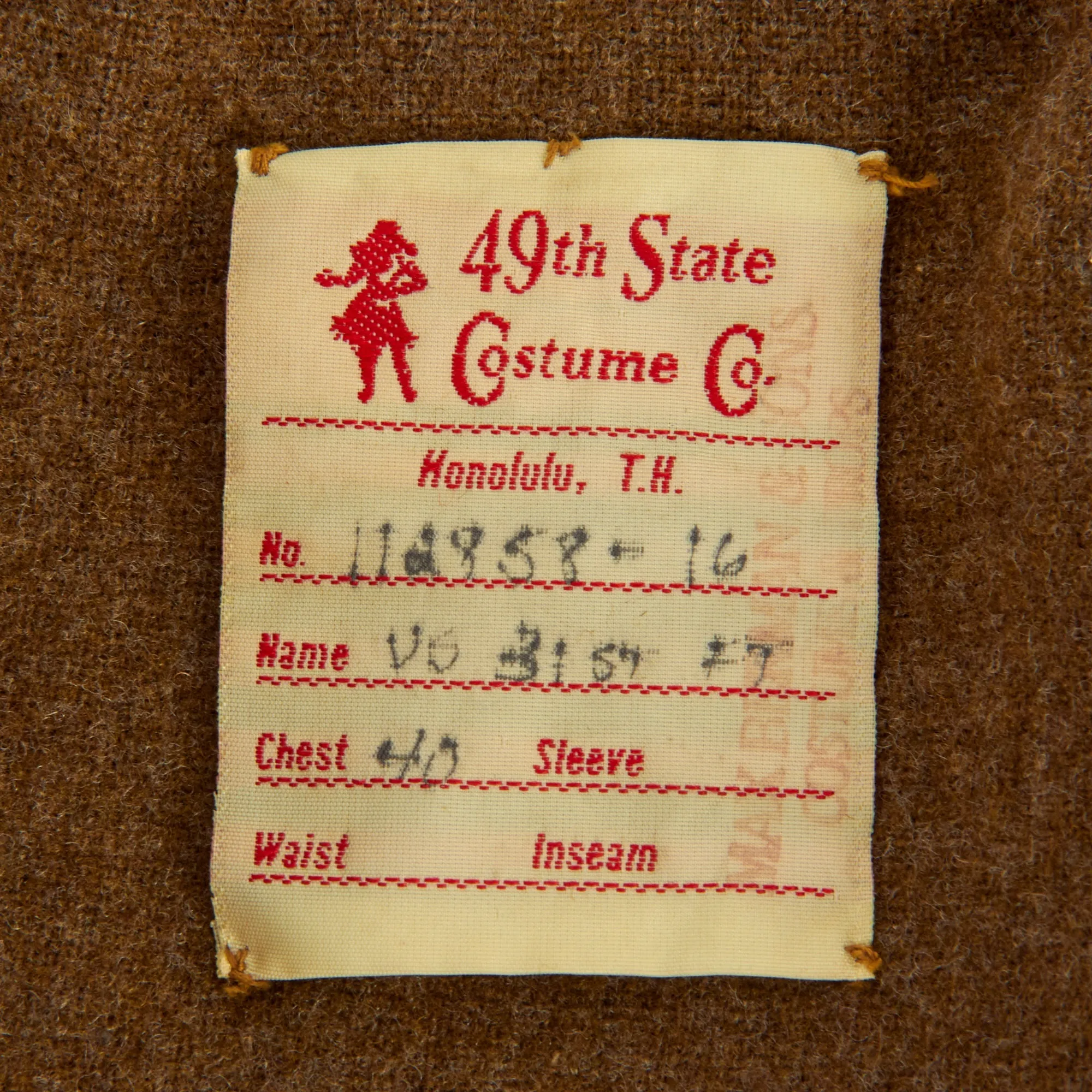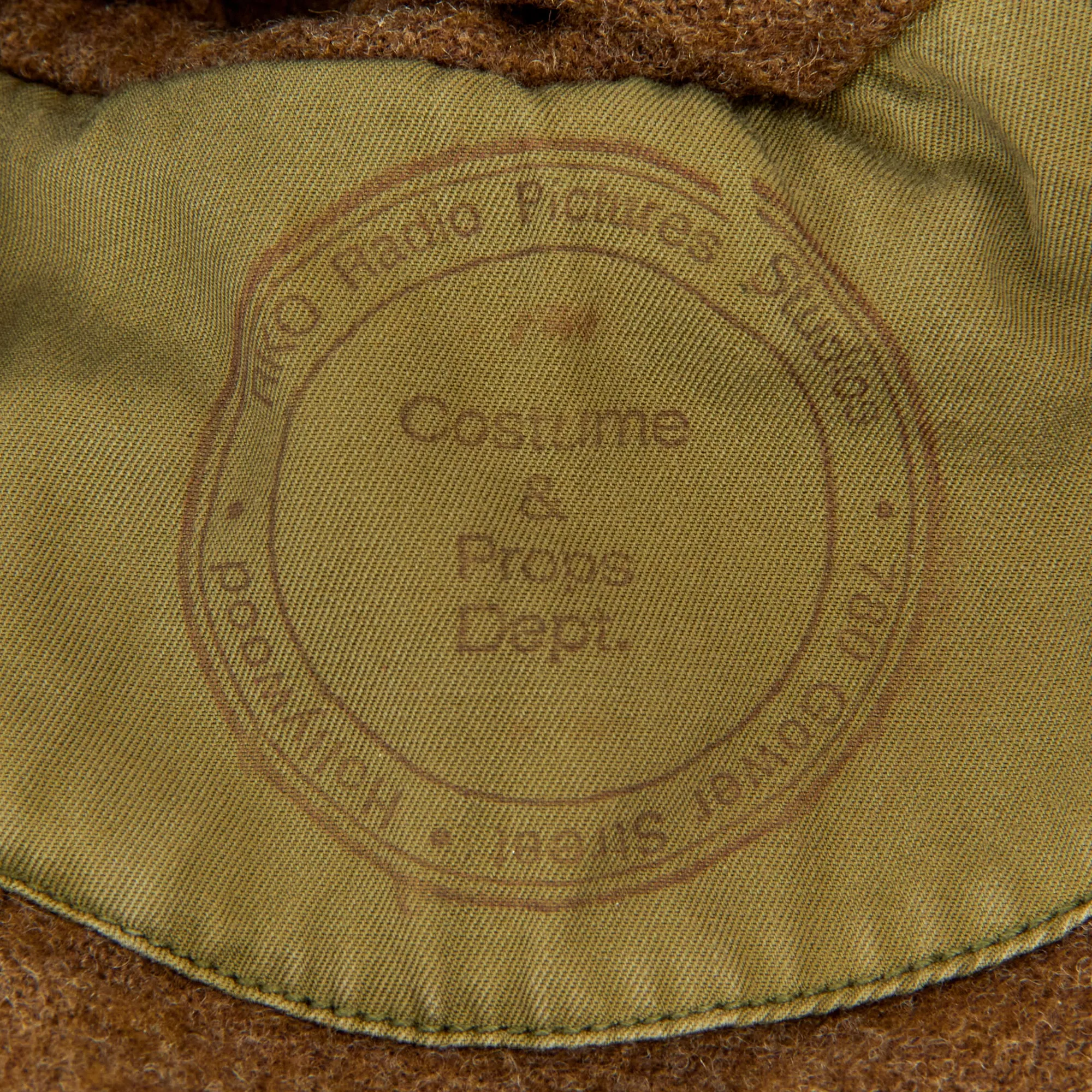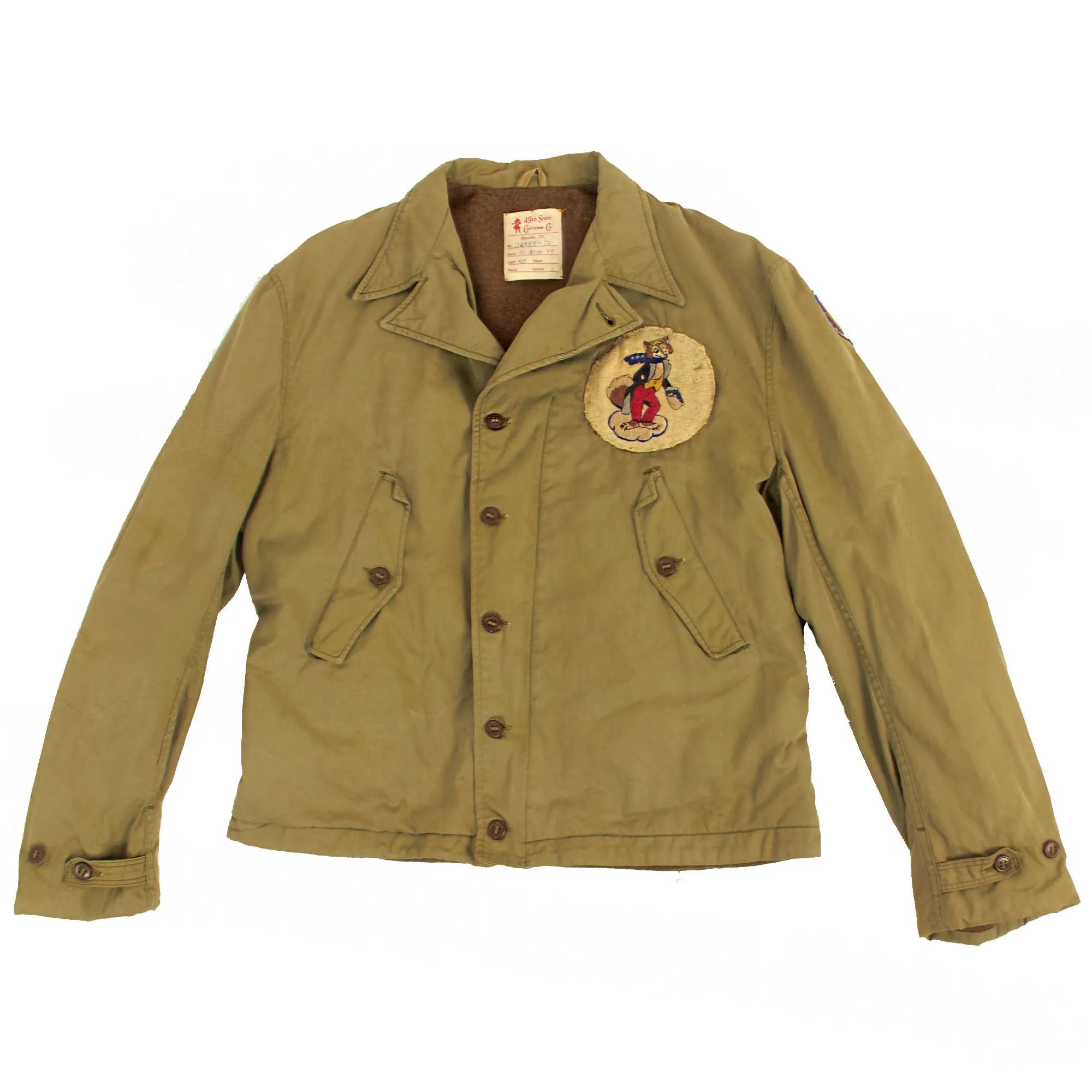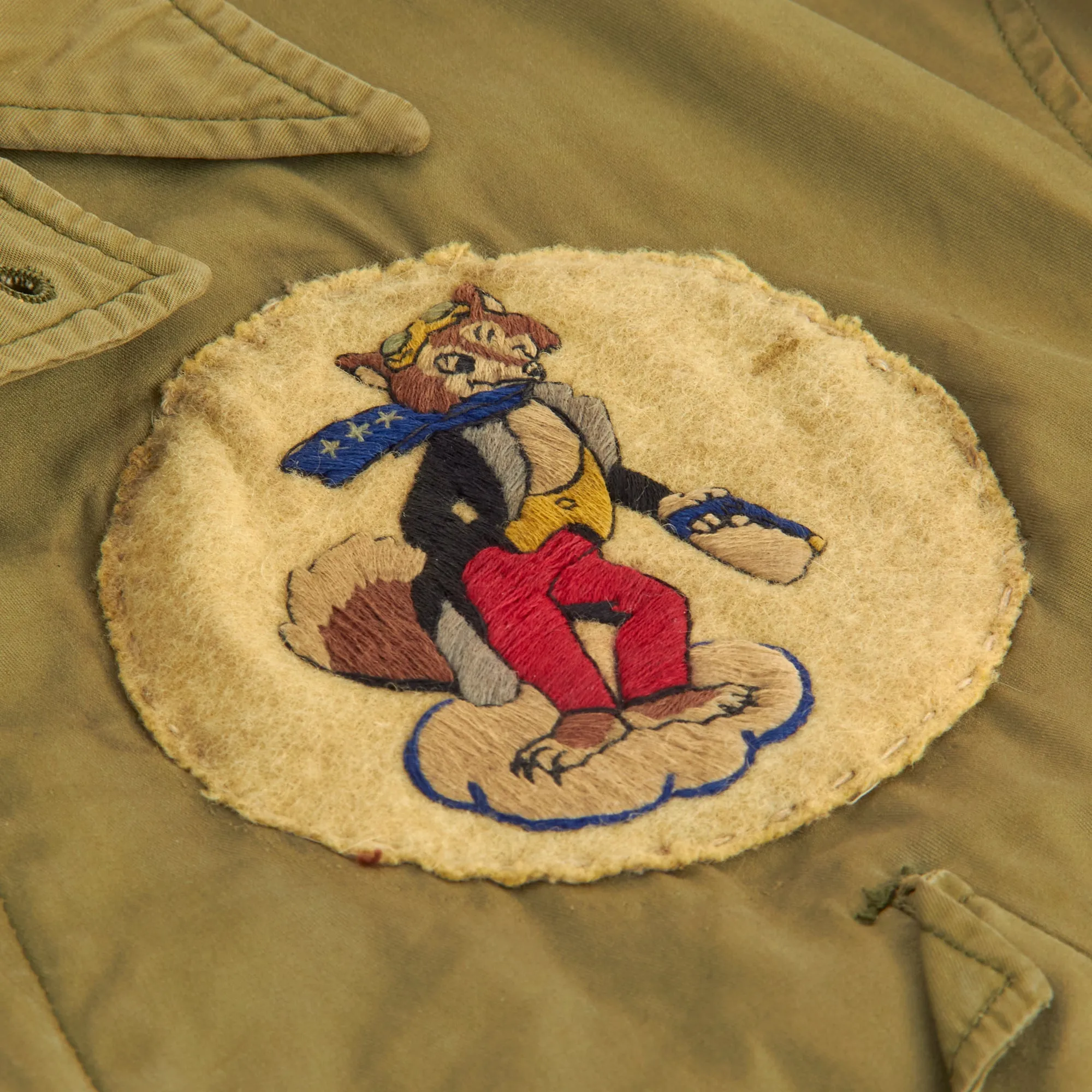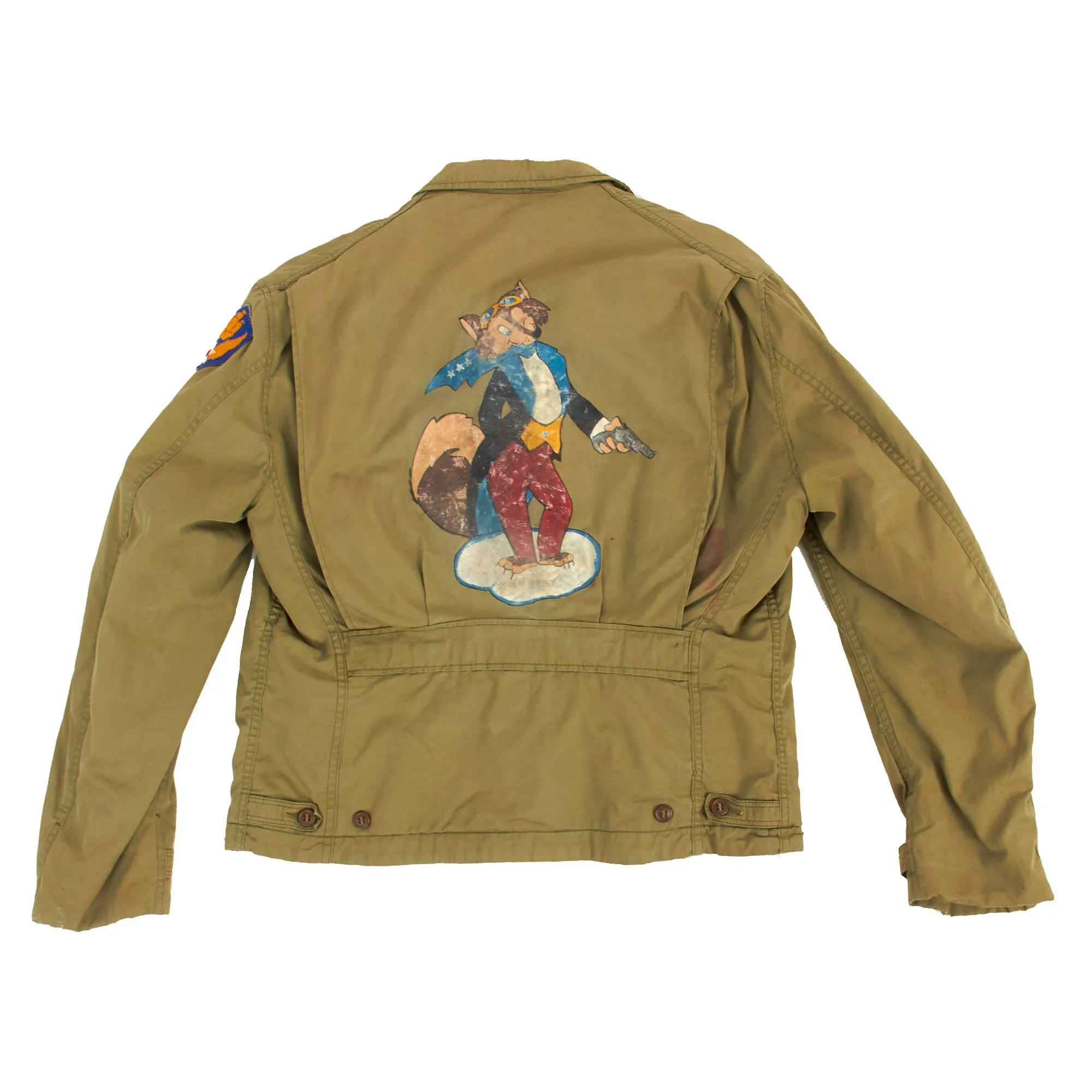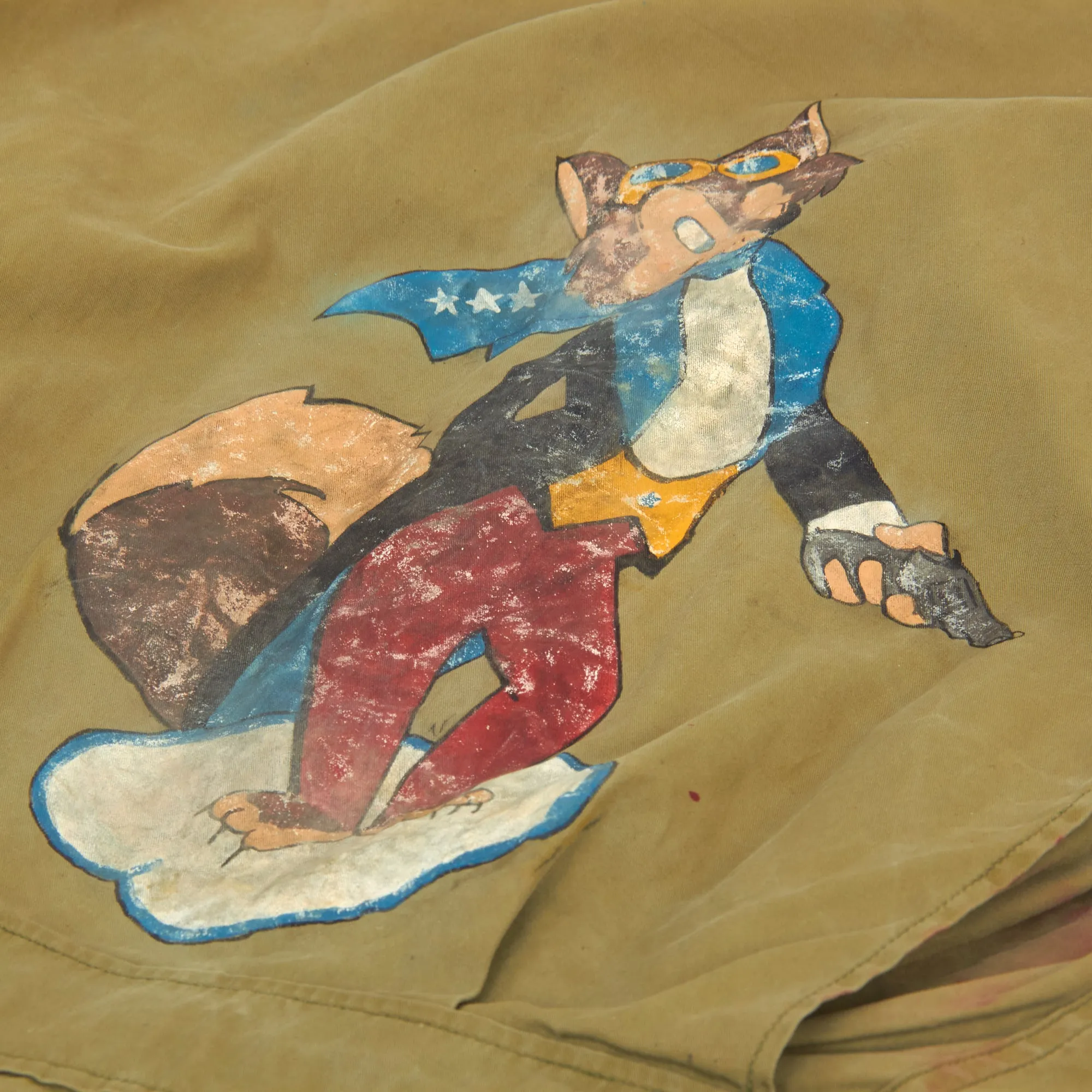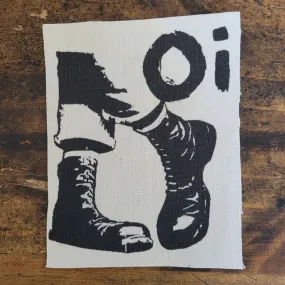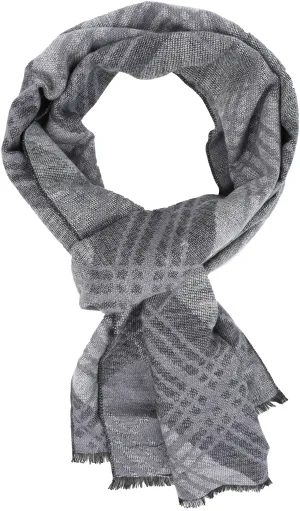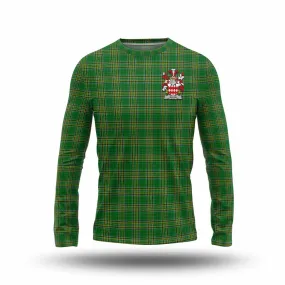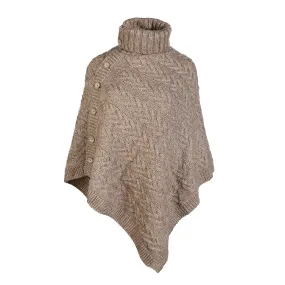Original Item: Only One Available. Now this is an incredible example of an M1941 field jacket with patched and painted insignia! These jackets would have been worn mostly by the ground crews and mechanics of the squadrons, but it was not uncommon for pilots to wear them while grounded. The Jacket, Field, O.D. is a field jacket that was used by US Army soldiers, most famously during the beginning of World War II. In 1941 it started to be phased in as a replacement for the wool four-pocket service coat of World War I, but around 1943 it was replaced in turn by the improved M1943 model. Owing to wide adoption, the M1941 is usually recognized as a symbol of the World War II American G.I. The jacket was made in a light shade of olive drab called O.D. number 2.
The jacket, which is in wonderful condition, features all original period components. The left side of the jacket features an incredible Disney Animations Studio designed “Wolf Standing on a Cloud” patch armed with a sidearm. The embroidery and color is retained quite nicely though there is the expected very minor fraying and stitching loss. The reverse side of the jacket has the same image, but painted and on a larger scale. By the time America entered WWII, Disney animations had proven themselves as true feature-length films with box-office toppers like Snow White and the Seven Dwarfs, Pinocchio, Fantasia, and Dumbo. Disney’s animated shorts had already gained immense popularity to the point where Mickey Mouse was depicted on the patch of a Naval Reserve Squadron.
Although unsanctioned by Disney, the pre-war patch started a trend that exploded across the military during WWII. In fact, Disney had to dedicate five artists to the full-time task of filling requests for military insignias. The Navy in particular had a fondness for incorporating Disney characters into its insignias.
The jacket does have “costumers” ink stamps and tags present, but do not fret! Costumers often used ORIGINAL items when it came to their props, this being one of them. RKO Radio Pictures teamed up with Max Berman and Sons (both markings are present) and tracked down original props for their films. They were notorious for making their own insignia for the props, but the patched insignia on this example is war time though the painting on the back may have been done by the costumers, though it is difficult to tell as they were all done between 1941-45, still being of the period. Some collectors claim the RKO patches were produced by RKO Radio Pictures in conjunction with Max Berman & Sons during the years 1941 to 1945, making them authentic wartime insignia. This theory seems logical as RKO Radio Pictures was a major distributor of Disney films and merchandise at the time.
This is a wonderful example and it comes more than ready for further research and display.
Approximate Measurements:
Collar to shoulder: 10"
Shoulder to sleeve: 24”
Shoulder to shoulder: 18.5”
Chest width: 40"
Waist width: 20.5"
Hip width: 20.5”
Front length: 25"
The squadron was constituted in 1939 as the 31st Pursuit Squadron and activated on 1 February 1940 at Albrook Field, Panama Canal Zone as one of the original squadrons of the 37th Pursuit Group. The unit was part of the build-up of the Canal Zone's defenses as war approached. It was initially equipped with a mixture of second-line pursuit aircraft, including Boeing P-26A Peashooters, Northrup A-17 Nomads, and some North American BC-1s. The mission of the squadron was air defense of the Panama Canal. In July 1941, the Squadron started re-equipping with new Curtiss P-40 Warhawks. The Squadron was briefly moved to Rio Hato Field on 5 October 1940 and, following a month there, returned to Albrook on 13 November, where it remained until 24 November 1941.
After the Japanese Attack on Pearl Harbor, the Squadron was moved to La Chorrera Army Airfield where it shared the field with the 30th Pursuit Squadron. The unit operated as an element of the Panama Interceptor Command. On 15 May 1942, the squadron's designation was changed to 31st Fighter Squadron. In September 1942, the unit moved from Albrook to Howard Field and started to convert to Bell P-39 Airacobras. In December, "E" Flight was moved to San Jose Airport, Costa Rica where it was almost immediately reassigned to the 53d Fighter Squadron.
The unit served out the remainder of its Panama tour at several airfields until April 1944, and was moved to the United States as Sixth Air Force eliminated or transferred combat units in view of the reduced threat to the Panama Canal and Caribbean. The squadron was to become a single-engine fighter Replacement Training Unit for Second Air Force at Lincoln Army Air Field, Nebraska, but it was inactivated seven weeks after it arrived at Lincoln.




